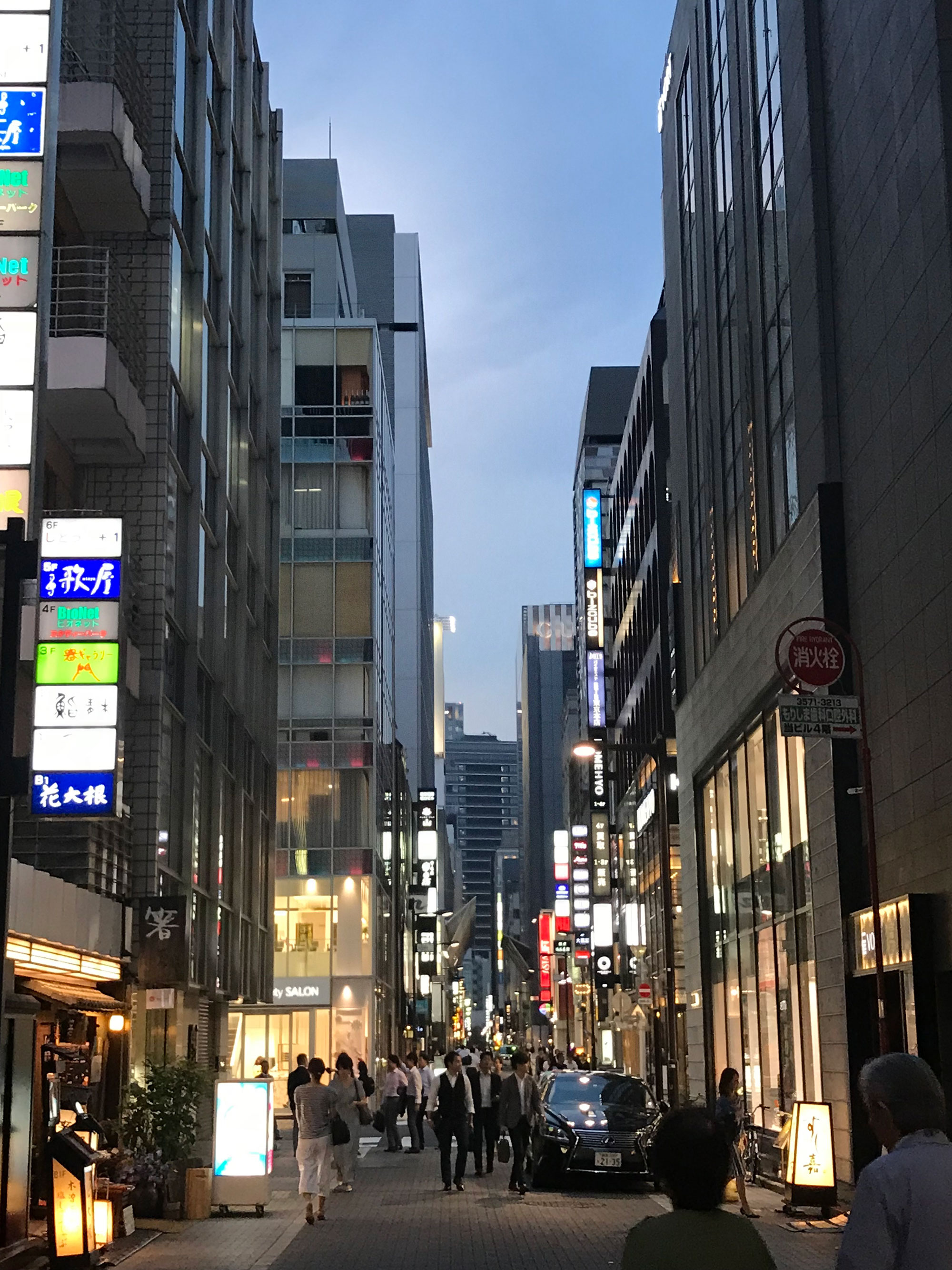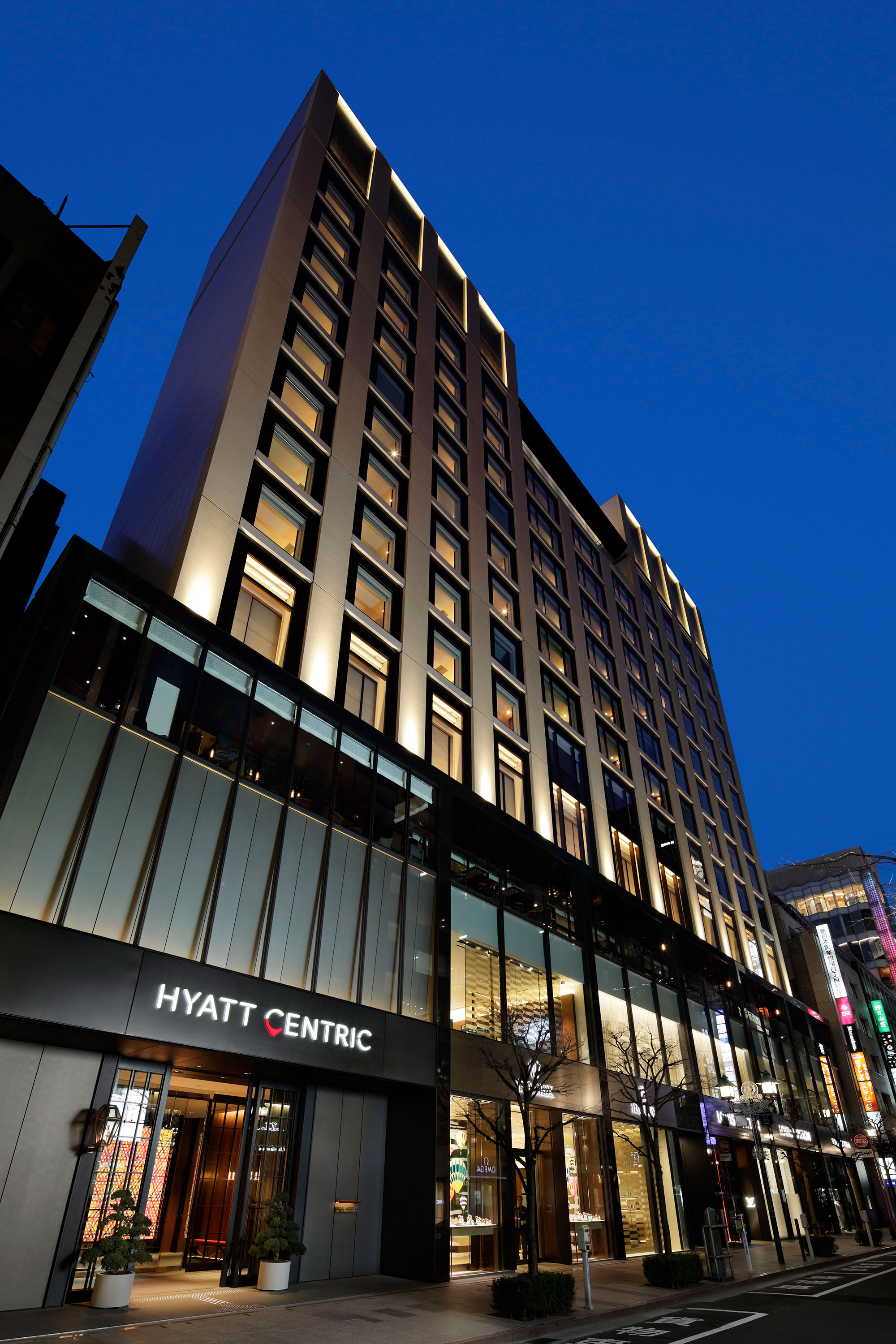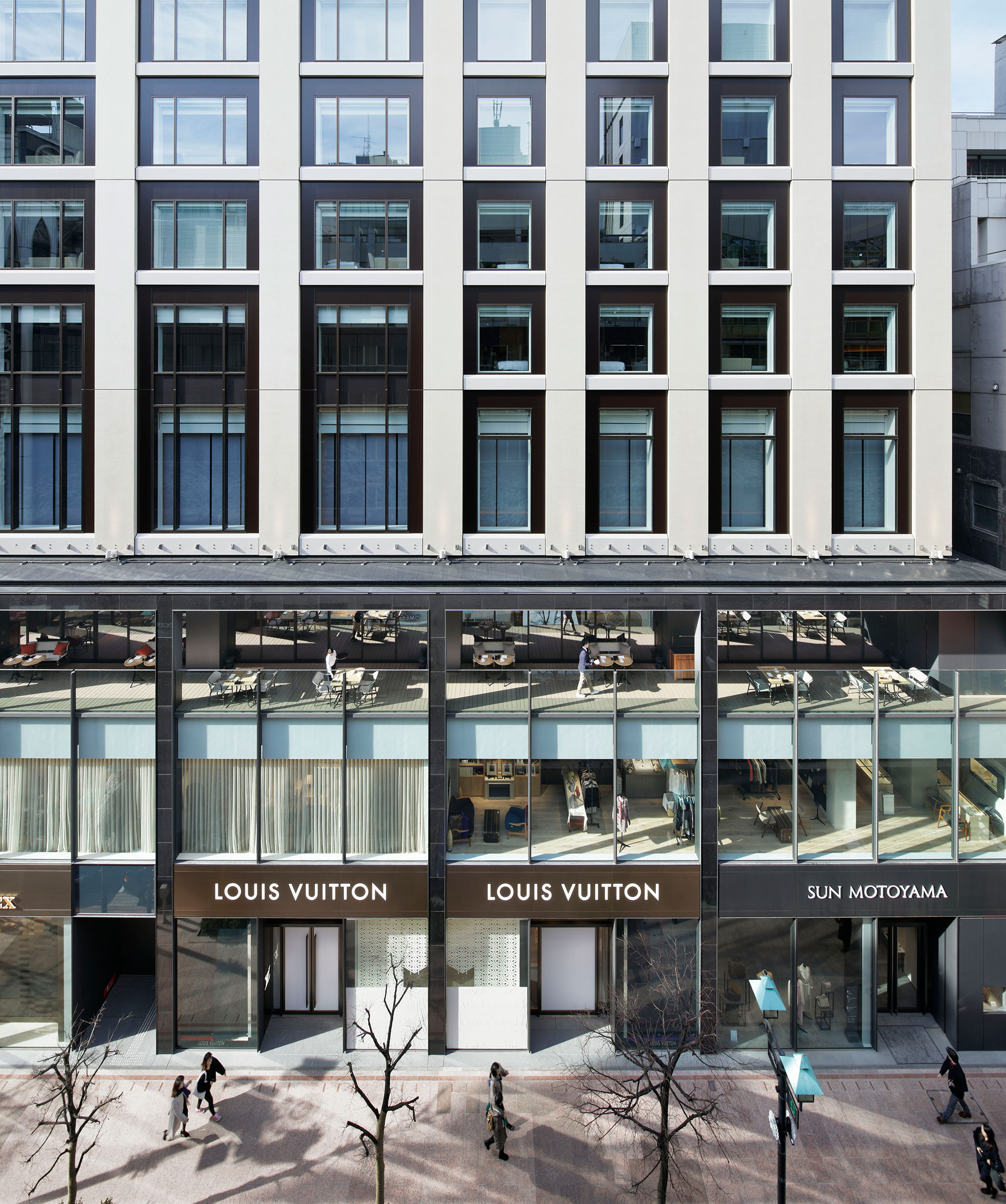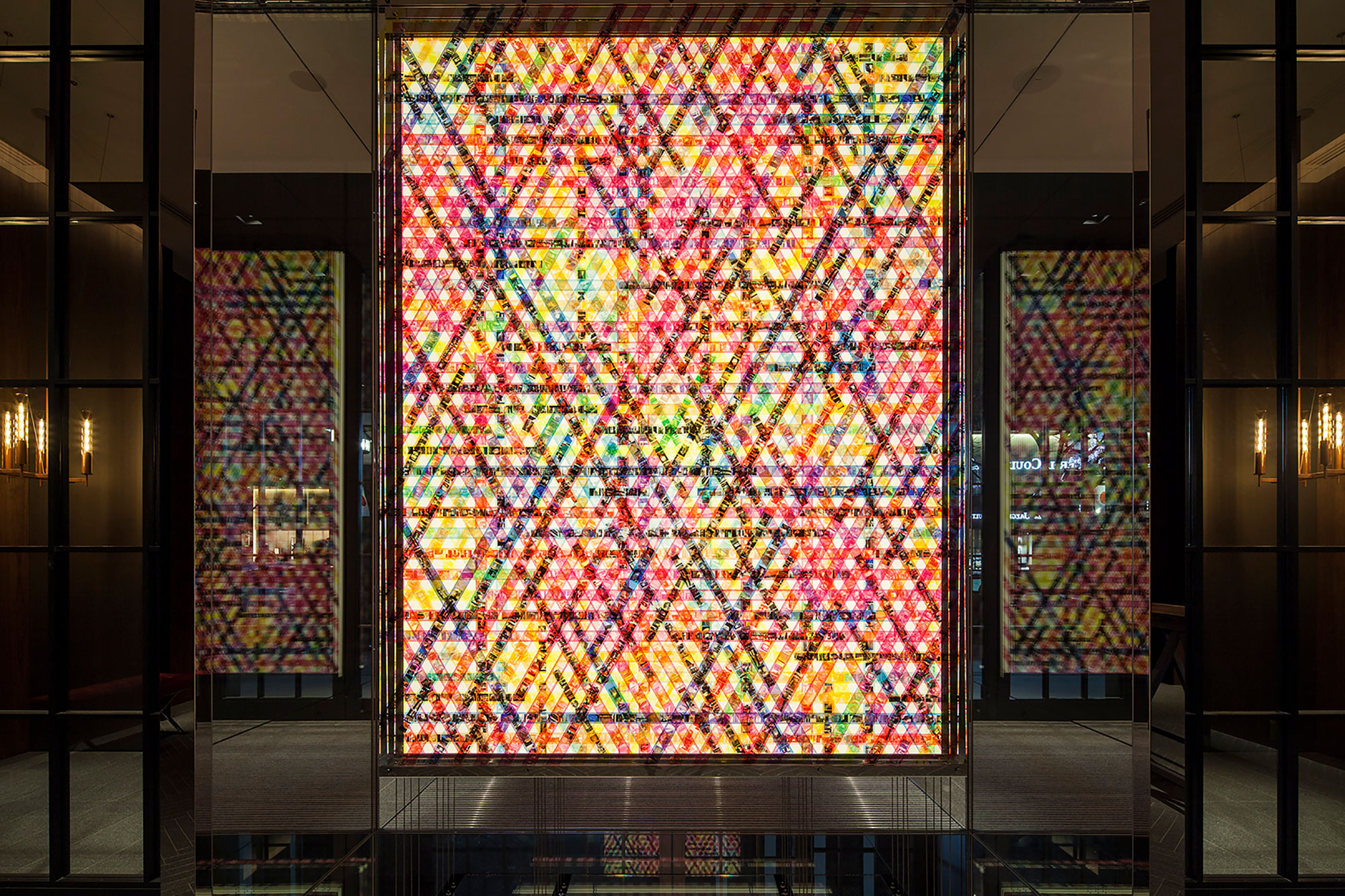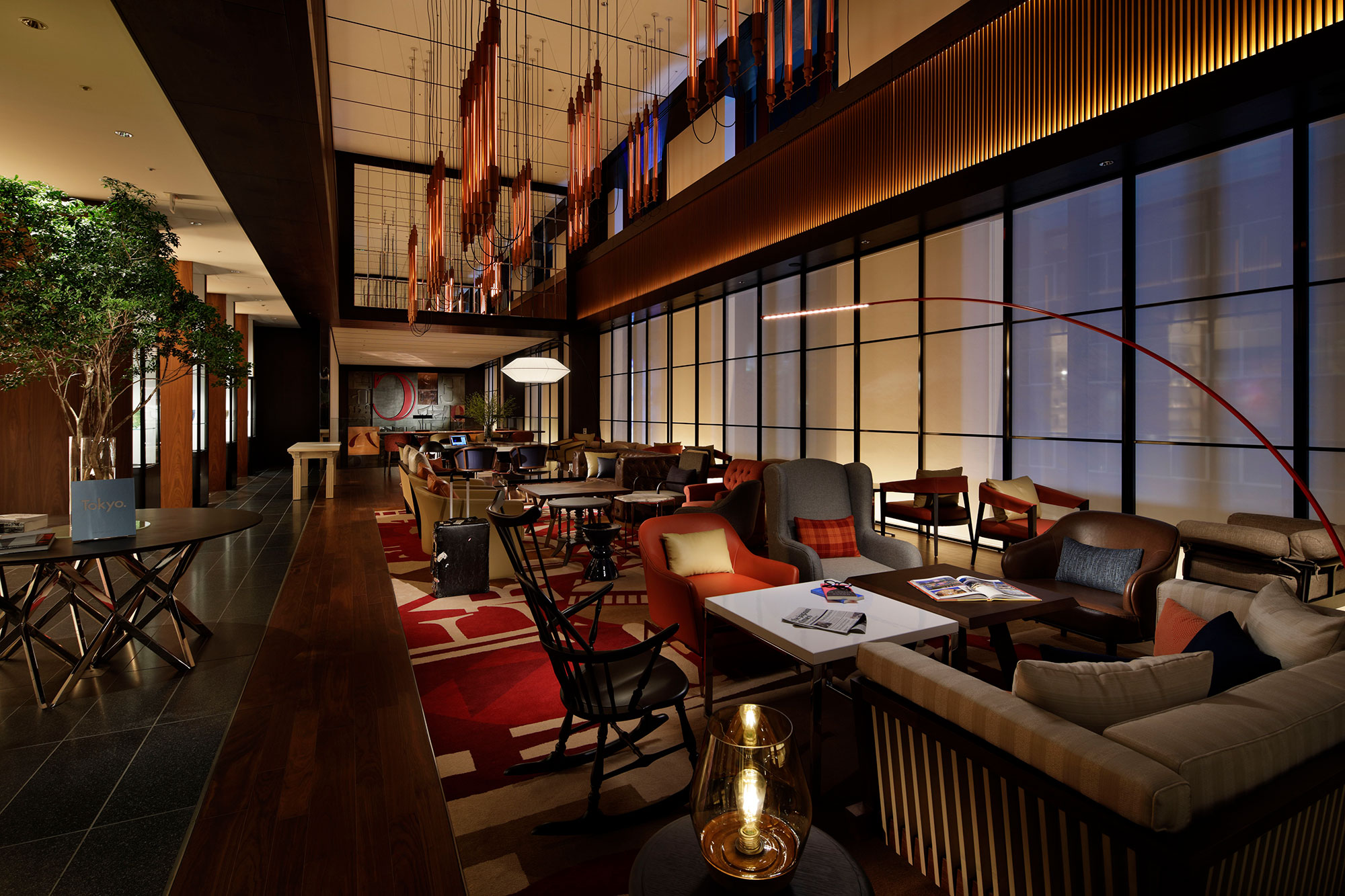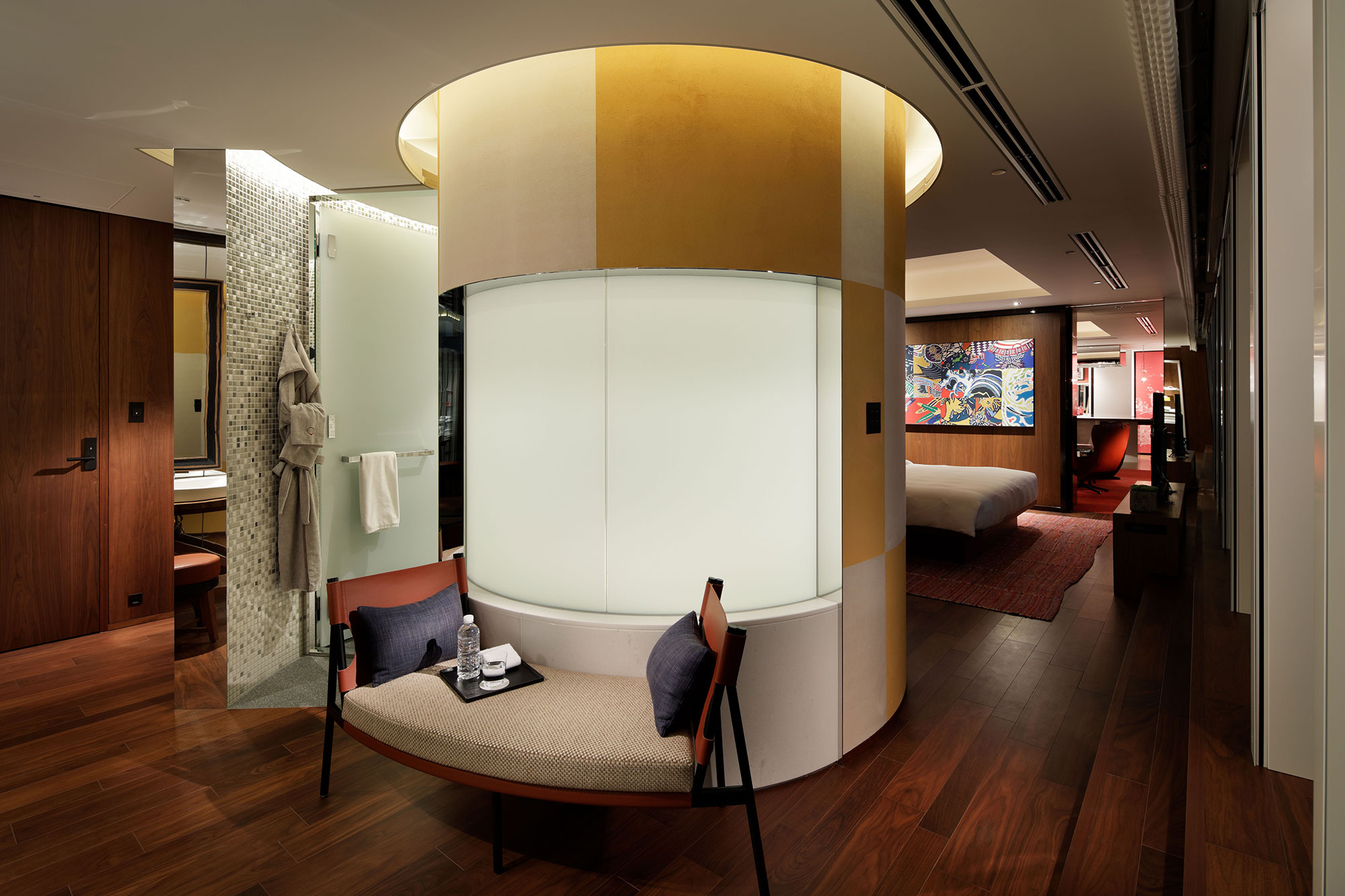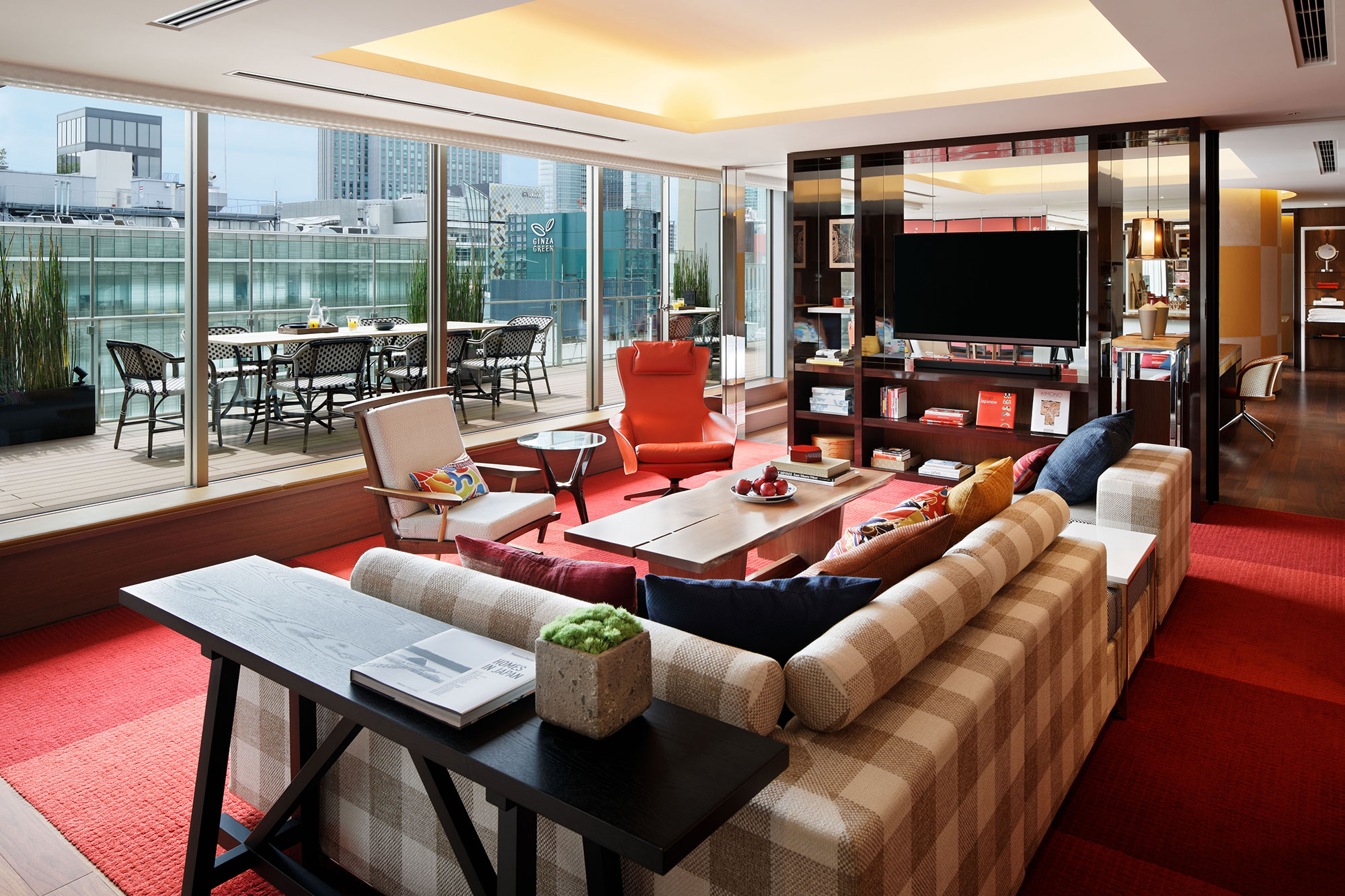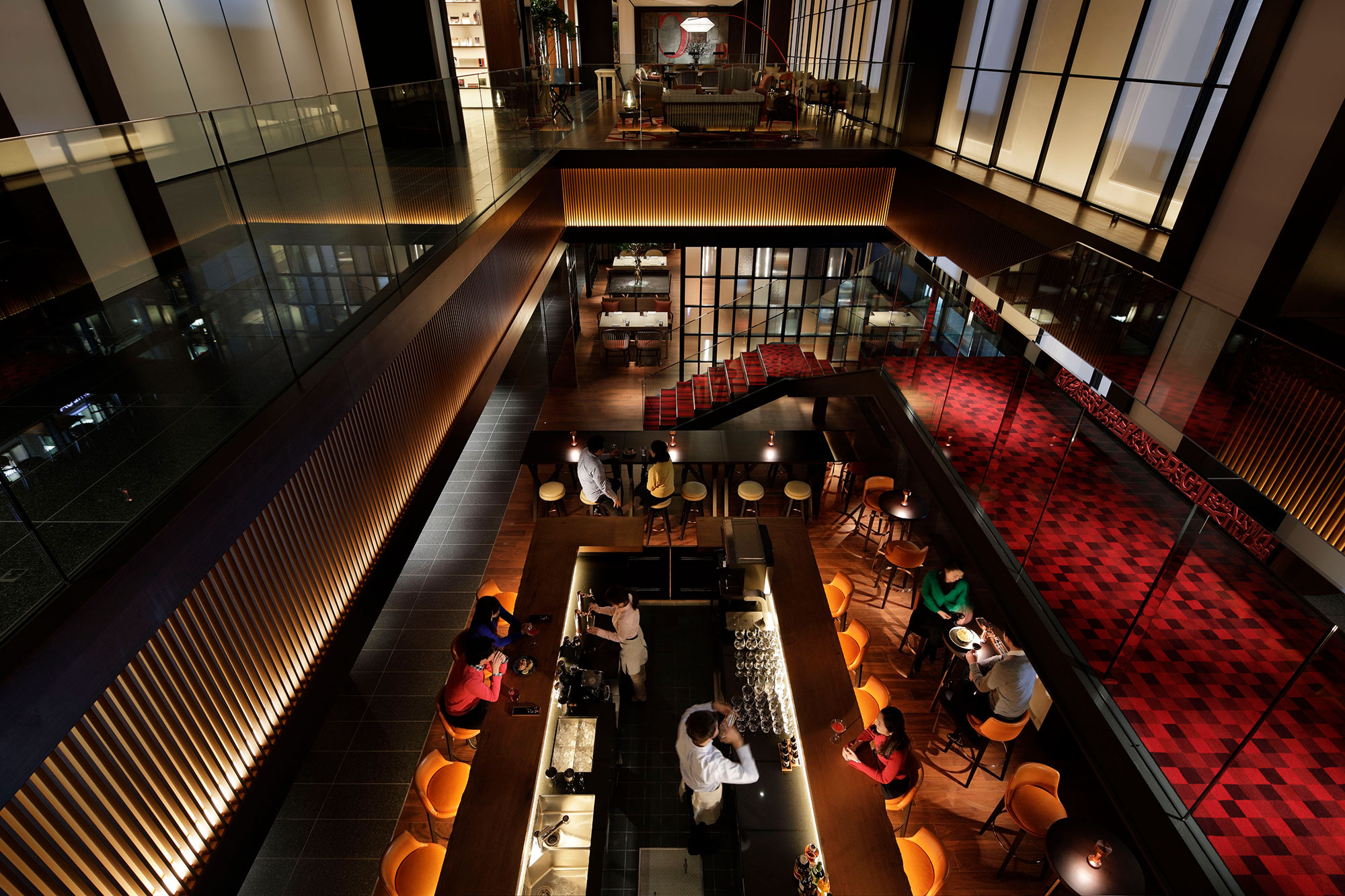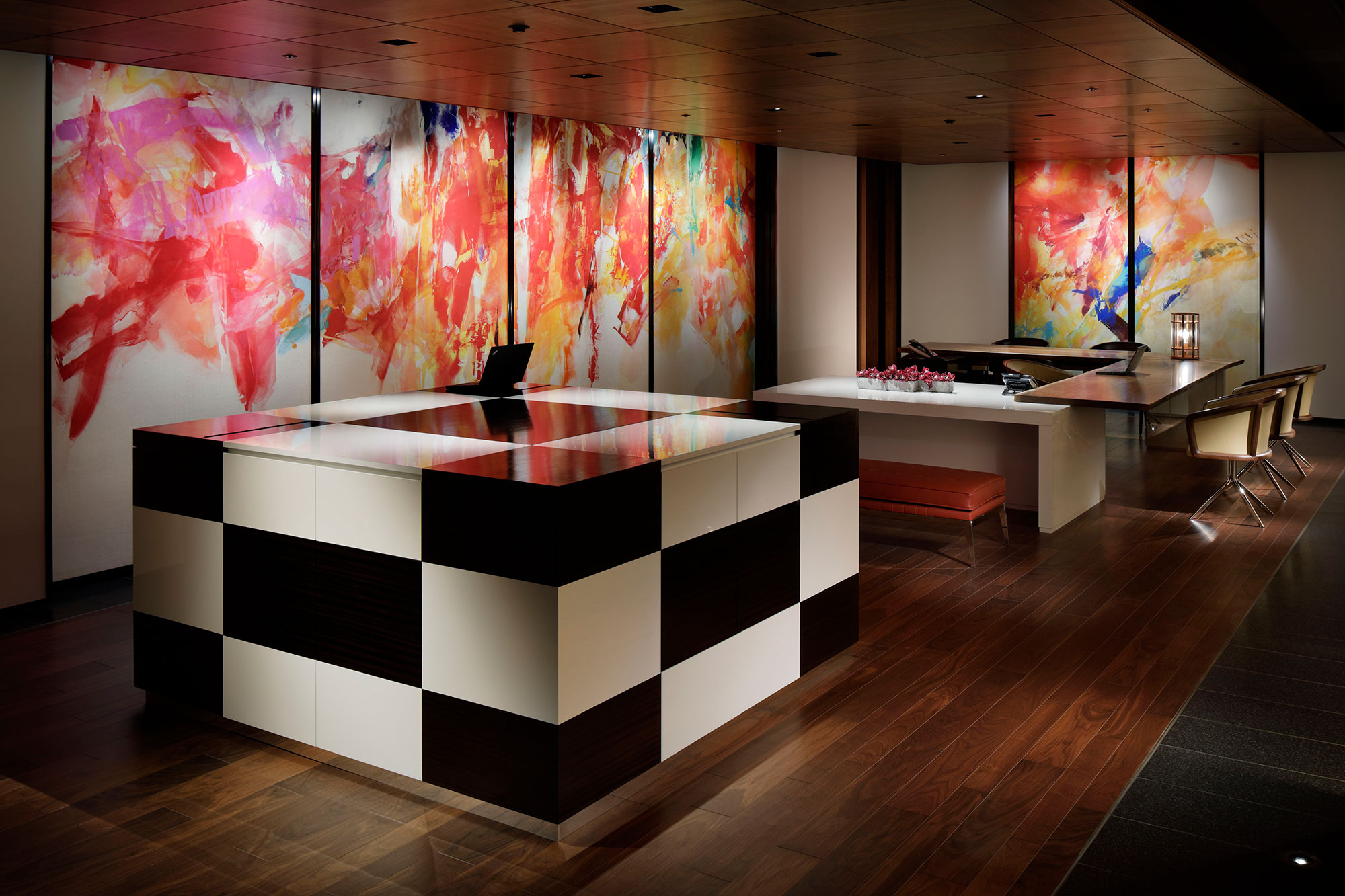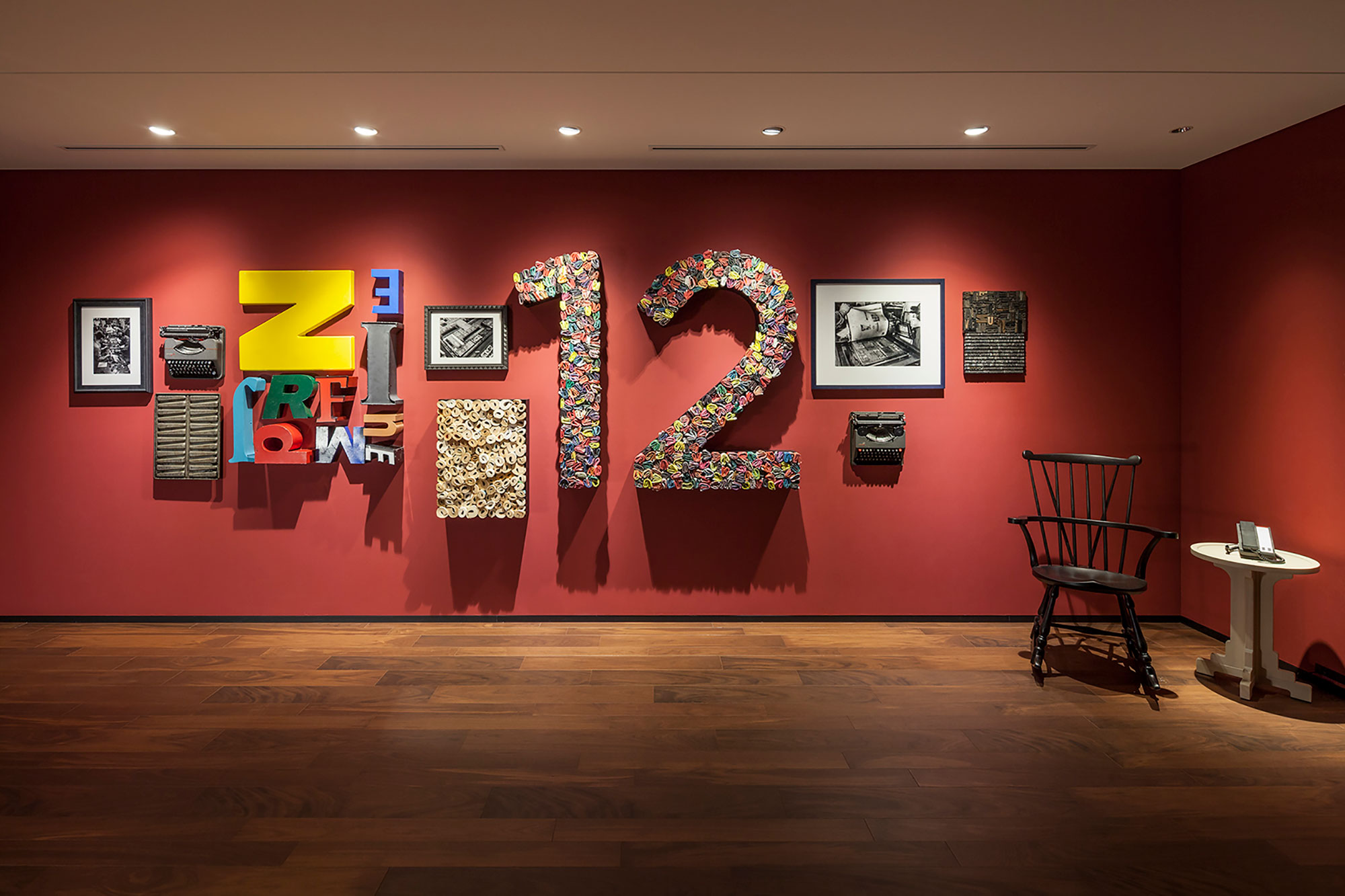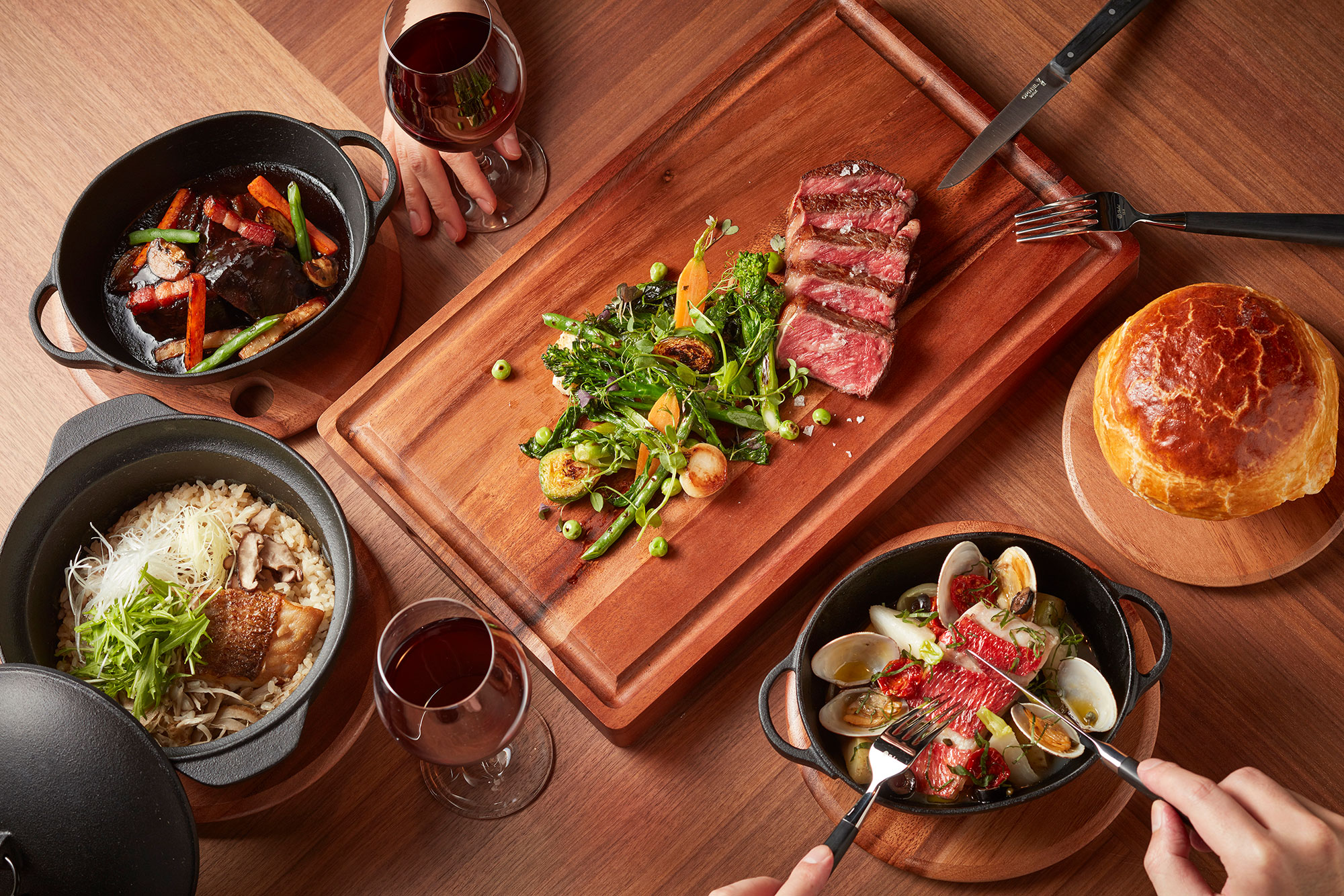By { Beth Weitzman
Although I’ve done my fair share of traveling to distant corners of the world, saying I was excited about my first trip to Japan is a colossal understatement. The destination had long been on my bucket list, and thanks to an invitation to the new Hyatt Centric Ginza, part of Hyatt’s fastest growing brand, the time to visit had arrived.
While flight time from L.A. to Tokyo is relatively short (about 11.5 hours), the time difference is significant; Tokyo is 16 hours ahead of Pacific Standard Time. I landed at Haneda International Airport (closer to Tokyo’s city center than Narita International Airport) in the late afternoon with prearranged transportation to the hotel, which is about a 40-minute car ride away but can also be reached by train.
As a hotel junkie, I thrive on experiencing new, innovative brands. As part of the three lifestyle brands of the Hyatt family of hotels (which also includes Andaz and The Unbound Collection), Hyatt Centric hotels focus on exploration, discovery and authenticity, and were created for millennial-minded travelers who love being in the middle of the action.
Much as the name suggests, Hyatt Centric Ginza—the first Hyatt Centric hotel in the Asian-Pacific region—is situated in the center of Ginza, a district of Chūō, Tokyo, on elegant Namiki-dori street, adjacent to Louis Vuitton and Chanel. Similar to Fifth Avenue in New York City and Rodeo Drive in Beverly Hills, this area is a shopping mecca, home to virtually every premier brand name for fashion, beauty and technology on the planet. Plus, there are more than 4,000 restaurants, izakayas, lounges, coffee, tea and beer houses of all sizes and types (including 24 total Michelin-starred places), not to mention must-see cultural spots. During Japan’s economic bubble from 1986 to 1992, real estate here was the most expensive in the world. Today Ginza remains one of Tokyo’s most high-end and desirable commercial areas, exuding both modernity and old Tokyo charm.
From 1612 to 1800, Ginza (meaning “silver mint” in Japanese) was the site of a silver coin mint. The area was also formerly the headquarters for newspaper and magazine publishers. Today, the 12-story, boutique-style hotel occupies what was the first Tokyo office of The Asahi Shimbun Company, one of five national newspapers, founded in 1888.
Throughout the 164-room-and-suite property, Tokyo-based interior design firm Strickland, headed up by Yohei Akao, pays homage to the building’s history and neighborhood with eye-catching design and art.
A warm multilingual staff greets me on the fourth floor, in the split-level lobby lounge that doubles as a check-in area and gathering spot with comfy seating, book cases filled with interesting volumes, and huge abstract art screens that change scenes and vibe from morning (bright colors) to night (black and white). Communal tables, super-fast Wi-Fi and fruit-infused water on tap make it easy to do work here. I peer down to the third floor, where locals and hotel guests alike are imbibing at the bar and indulging at the signature restaurant, Namiki667, both of which I will visit as soon as I freshen up in my room.
In a nod to the building’s history, artworks in the hallway leading to my guestroom have a printing motif. My smartly appointed, nicely sized room fuses tradition and innovation, and reflects the city’s vibrant energy. While a well-dressed bed beckons me to take a nap, I head straight to the spa-like bathroom, where toiletries are made by BeeKind (an environmentally-conscious line that donates a portion of its proceeds to the University of California, Davis, honeybee research program). Not only do the products smell great (fresh lemon verbena), but I feel great using them knowing the company gives back. Love that!
The open bathroom design features a separate water closet boasting a state-of-the-art Toto toilet and vanity center complete with sink and mirror on one side and mini-bar-style convenience area on the other. Nespresso machine, tea kettle and refrigerator with bottled water add to the amenities. Attention is paid to advanced in-room technology with Bluetooth-enabled electronics, touch-controlled blackout shades, perfectly placed light switches and outlets, and salon-grade hairdryers.
I unpack and head down to the Namiki667 bar and lounge to meet my fellow invitees and our hotel hosts—General Manager Tadanori Uchiyama, Marketing Communications Manager Mayuko Asai, Marketing Communications Coordinator Maiko Mitsuhashi, Hyatt Global Communications Manager Gloria Kennett and Simona Meynekhdrun of Golin Public Relations, who made my first trip to Tokyo most memorable. While having hosts like these is indeed very special, the entire Hyatt Centric brand is known for helping guests make memories. From restaurant recommendations to hard-to-get reservations to the scoop on local gems, they take concierge service seriously and help guests enjoy an authentic local experience, rather than a totally touristy one (unless that’s what you want, of course). They are always happy to share their intel and experience.
We get to know one another over signature cocktails featuring Japan’s Roku craft gin, then make our way into the restaurant, where we’re seated at a large communal table in front of the open kitchen. There’s also an outdoor terrace, which is somewhat unique for the area. Fresh local ingredients are the stars of chef Hayasaka’s delicious culinary creations, including beautifully prepared fish from the Tsukiji Market, Akigawa Wagyu beef, a variety of oven-based slow-cook specialties and super-fresh produce. Japanese wine paired with each course adds to the experience, as does the delicious dessert of Tokyo, rum baba with pineapple and vanilla ice cream. After dinner, jet lag sets in and I sink into my room’s comfy bed.
I wake in the morning feeling refreshed, happy that the hotel is very quiet and all rooms are smoke-free. I head to the fitness center for a quick workout before heading to a specially-arranged yoga class in collaboration with lululemon on the terrace of the 12th floor Namiki suite, overlooking Namiki-dori street.
We say “namaste” and dig into a delicious breakfast, featuring coconut French toast and croissant eggs Benedict cooked on the teppanyaki grill in the suite’s full-sized teppan kitchen. The suite also has a full-sized dining and living room and spacious bedroom—perfect when you want grander accommodations. On the following mornings, we enjoy a yummy buffet breakfast at Namiki667, with both Japanese and Western options including fresh fish, made-to-order omelets, salad, cheese, meats, pastries and fresh fruit. In addition to breakfast and dinner, lunch is also served at the restaurant, and room service is available.
Click here to read more about what to see, do and eat in Ginza.

